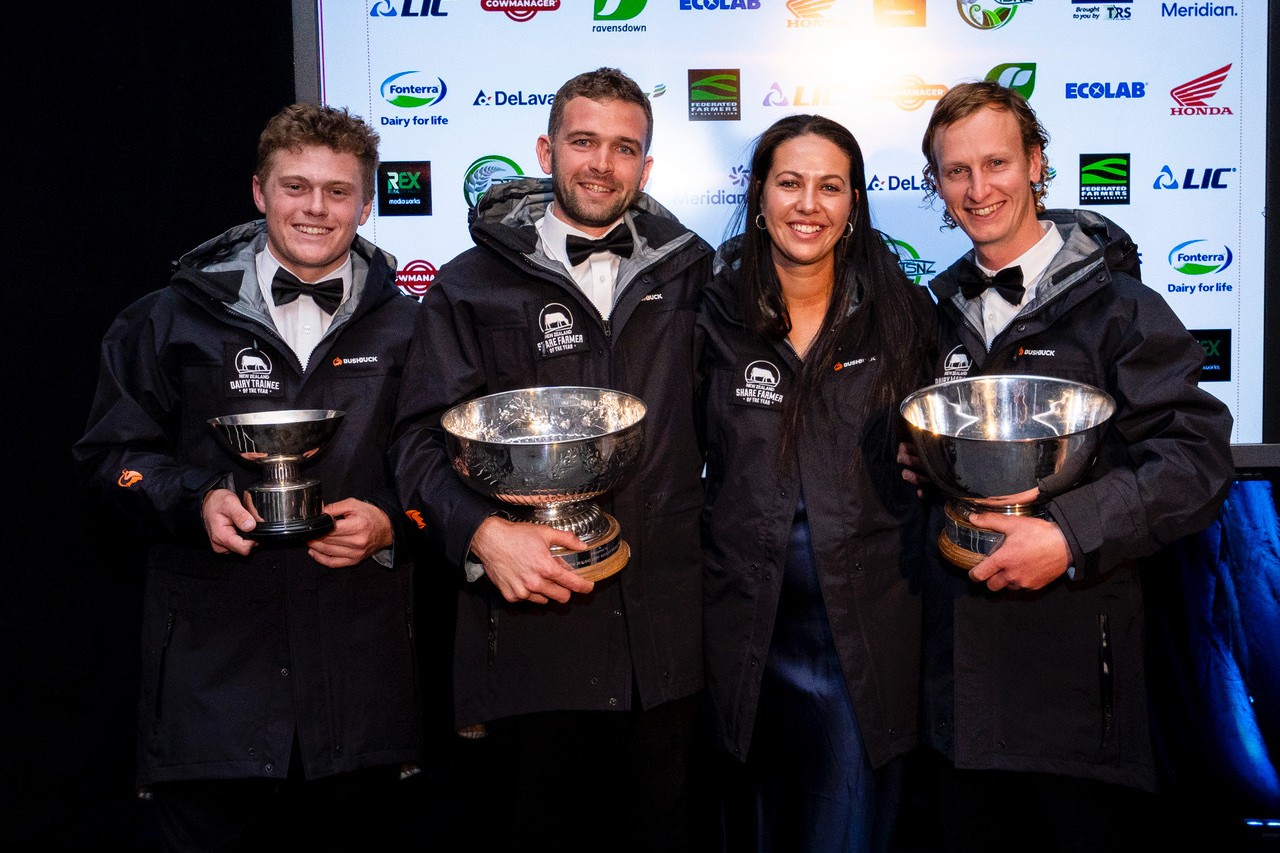With a flurry of activity from China, the GDT auction overnight rose 15% – to the highest level in seven years. According to Rabobank analysts, there are a number of reasons for the stockpiling of product in China and activity in the GDT auction – one is that with imported feed prices rising, milk is expensive to produce in China at present. The Chinese are also reacting to other factors like their wish for higher and safer food stocks, Covid-19-induced vessel and customs delays, and bad weather in the Northern Hemisphere affecting production.
Our Milk Payout Tracker is inching towards a Fonterra 20/21 forecast payout of $7.38 this month (pg8), now below Fonterra’s new guidance midpoint of $7.60, either of which would be a great result for farmers this season.
When you plug the March 3 figures into the NZX FarmGate Milk Price Tracker the number comes out at $9.38/kg MS – and we all know what can go up quickly can also go down – so as the Rabobank commentator said – better buckle up!
It might be a good time to consider the NZX futures market to lock in a price and take some of the volatility out of the market. End users will surely be piling into the market to do the same.
When you consider the ongoing Covid-19 disruption to livelihoods and jobs across the world and in New Zealand, farmers have been so lucky to have been able to operate essentially as business as usual. In fact, the rise in the demand for high-quality and safe food has been a factor in driving the GDT to new heights.
That’s why I think it’s such a great initiative for farmers to be able to support less fortunate and more Covid-19-affected Kiwis with the Meat the Need and Feed Out initiative.
This week a group of 51 farms all managed by Farm Right donated one cow each to the Meat the Need charity – providing a pack of mince in almost 8500 food parcels from foodbanks, and serving 33,000 beef meals for Kiwis.
With the huge need at foodbanks around the country, imagine the result if every farmer could donate a cull cow? Check them out at meattheneed.org, or on Facebook – and donate this autumn.
This month we look at the ways the dairy companies are adding value to dairy – audited QA programmes are translating into added-value in the marketplace and enabling the companies to pay a premium to farmers or to pay a dividend on their co-operative shares.
The message from the market is strong and growing – in an opinion piece, Southern Pastures and Lewis Road Creamery executive chairman Prem Maan says that increasingly savvy and educated consumers want to align their own personal values and views with the food they eat (pg 60). He says we need to add values to our dairy, not just value.
All of the companies we talked to have programmes with standards that encourage achieving best practice around pillars covering animals, people, food safety, environment and community. Many of them incentivise with premiums for the milk, others are already passing back a premium in their milk price but all use it as a way to signal to farmers what consumers in the markets are requiring, and to safeguard our premium place in the international market (pg52).
Even with a milk price roaring ahead we need to guard and enhance our reputation as producers of natural, environmentally sustainable and carbon efficient dairy products.





